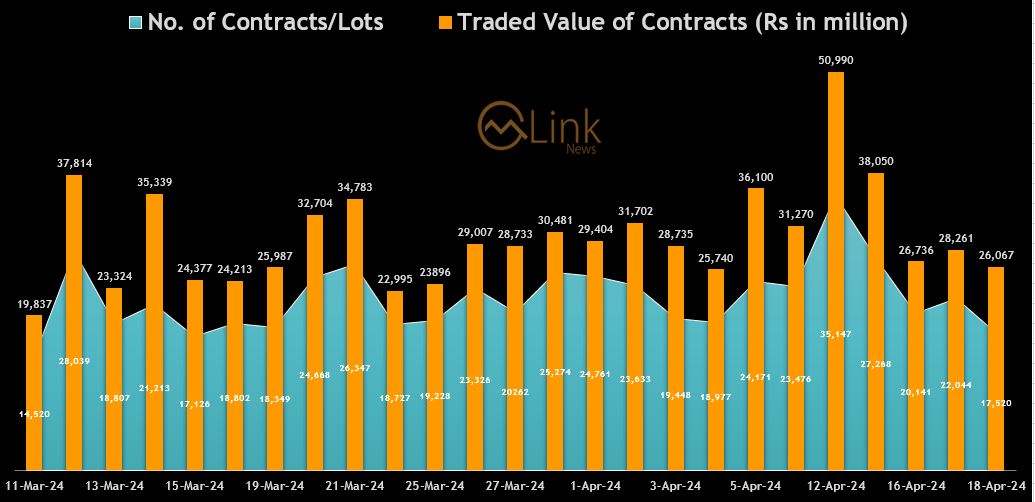Tucked in the sprawling $2 trillion federal stimulus package, which aims to stem the rampant economic damage caused by the new coronavirus, is a dramatic expansion of benefits available to workers who have lost work or income because of...
Tucked in the sprawling $2 trillion federal stimulus package, which aims to stem the rampant economic damage caused by the new coronavirus, is a dramatic expansion of benefits available to workers who have lost work or income because of the pandemic.
The measure, dubbed the Coronavirus Aid, Relief and Economic Security (CARES) Act, passed the Senate unanimously Wednesday and is expected to clear the House soon and receive President Trump’s signature.
Senate Minority Leader Chuck Schumer described the expanded benefits as “unemployment insurance on steroids” because it provides an extra $600 a week to those who are out of work due to the coronavirus – with a 13-week extension to every state’s unemployment program for a maximum of 39 weeks. It also covers, for the first time, gig workers and freelancers who normally do not qualify for unemployment compensation.
Here’s all of our coverage of the coronavirus outbreak, which we will be updating every day.
Here’s what you need to know about how the legislation can help if you’ve been financially impacted by the coronavirus.
How Coronavirus Unemployment Benefits Work
The $600 weekly boost to unemployment benefits comes in addition to current state-level benefits. Depending on the state, existing unemployment benefits can range from $213 to $546 per week, according to the Center on Budget and Policy Priorities. The average weekly benefit is $385.
The additional $600 comes from the federal government in direct response to the economic fallout of the pandemic. It may be included with the state unemployment benefit check or arrive separately, but it must come weekly.
Pro Tip
The filing process for unemployment benefits varies by state. Use Career Stop One, a resource sponsored by the Department of Labor, to find out how to apply to your state’s program.
The duration of unemployment benefits also varies by state.CBPP data show most states provide benefits for up to 26 weeks. The bill extends that timeframe by 13 weeks to a maximum of 39 weeks. Some states provide unemployment assistance for as few as 12 weeks. In that case, unemployment benefits – with the extension from the coronavirus bill – would be available for 25 weeks. Though once benefits expire, unemployed Americans may reapply.
The CARES Act also widely expands the definition of “unemployed.”
Any worker who was laid off, furloughed or has material proof of missed employment or income due to a variety of other coronavirus-related reasons is now eligible. This expanded definition includes freelancers, gig workers and part-timers, too.
Because gig workers’ income fluctuates week by week, it’s unclear how much states will contribute to the unemployment benefit, though unemployed gig workers can expect at least $600 a week if their normal weekly earnings exceed that amount.
No one will receive unemployment benefits that exceed their normal weekly earnings.
Unemployment Insurance Weekly Claims
Initial claims were 3,283,000 for the week ending 3/21 (+3,001,000).
Insured unemployment was 1,803,000 for the week ending 3/14 (+101,000).https://t.co/ys7Eg5LKAW
— US Labor Department (@USDOL) March 26, 2020
What’s also unclear is how quickly states will be able to process the coming influx of unemployment claims.
While the CARES Act removes red tape to expedite the process, unemployment offices across the nation were already slammed before the bill came to a vote. The Department of Labor reported 3.3 million new unemployment claims the third week of March, just days after Trump declared a national emergency.
The CARES Act also includes direct monetary aid to most adults in the form of a $1,200 check. Here’s everything we know about the stimulus checks so far.
According to the Economic Policy Institute, the surge in claims shattered the previous record, which was 695,000 weekly claims in October 1982 when the stock market crashed.
“While the record number of claims is shocking, it is not totally surprising,” said Mark Hamrick, senior economic analyst at Bankrate, in a statement. “For days now, we’ve heard how state systems were overwhelmed by the rush to file claims after people were separated from work.”
While white-collar employees nationwide transition to remote work in droves, service industry, retail and gig workers by and large have fewer options. While some gig companies and retailers are ramping up hiring in response to a surge in demand for services such as grocery delivery, the impact on workers in industries like restaurants and hospitality is expected to be punishing.
That’s what makes their eligibility for unemployment compensation significant.
In a tweet, the EPI called the CARES Act “a good first step” for part-time and self-employed workers but noted that the unemployment expansion doesn’t go far enough in helping low-wage earners who may not qualify for assistance.
The Coronavirus Aid, Relief and Economic Security (CARES) Act is a good first step—expanding unemployment benefits to workers who are self-employed, are seeking part-time work, or do not have sufficient work history.#StimulusPlan #stimulusbill
— Economic Policy Institute (@EconomicPolicy) March 26, 2020
Adam Hardy is a staff writer at The Penny Hoarder. He covers the gig economy, entrepreneurship and unique ways to make money. Read his ?latest articles here, or say hi on Twitter @hardyjournalism.
This was originally published on The Penny Hoarder, which helps millions of readers worldwide earn and save money by sharing unique job opportunities, personal stories, freebies and more. The Inc. 5000 ranked The Penny Hoarder as the fastest-growing private media company in the U.S. in 2017.












